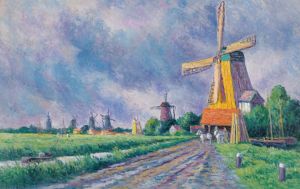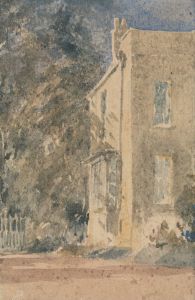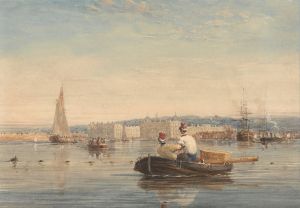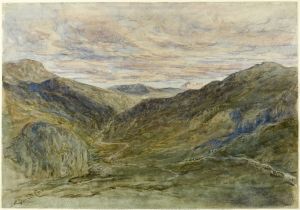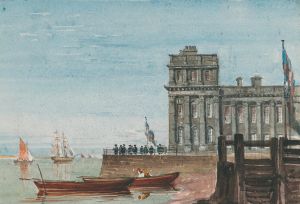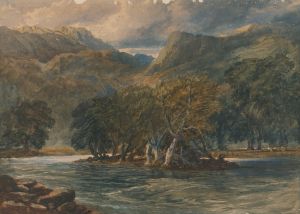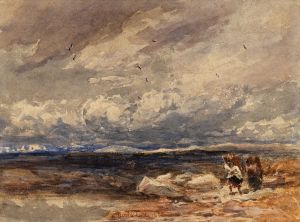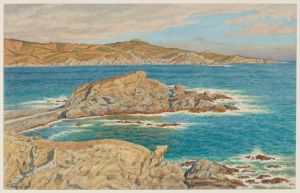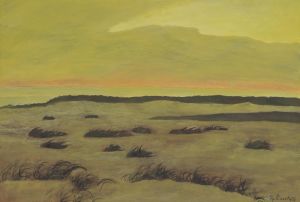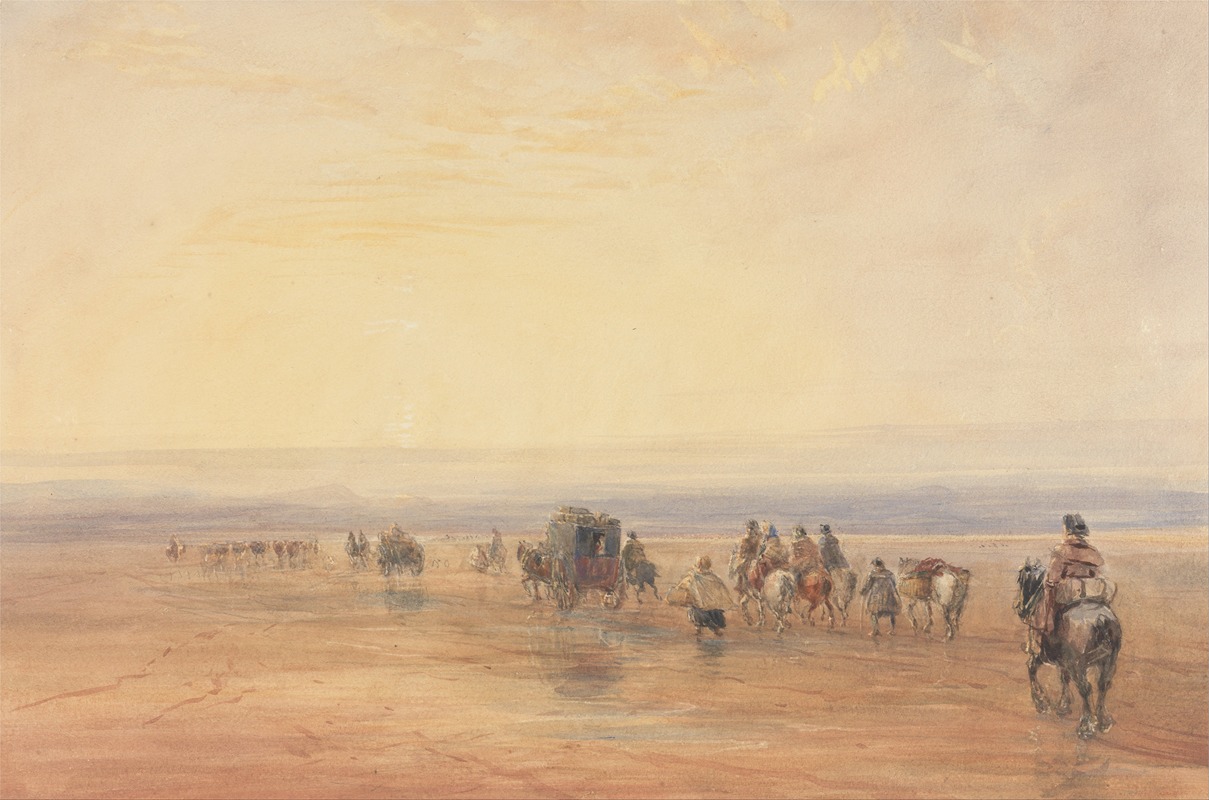
Crossing Lancaster Sands
A hand-painted replica of David Cox’s masterpiece Crossing Lancaster Sands, meticulously crafted by professional artists to capture the true essence of the original. Each piece is created with museum-quality canvas and rare mineral pigments, carefully painted by experienced artists with delicate brushstrokes and rich, layered colors to perfectly recreate the texture of the original artwork. Unlike machine-printed reproductions, this hand-painted version brings the painting to life, infused with the artist’s emotions and skill in every stroke. Whether for personal collection or home decoration, it instantly elevates the artistic atmosphere of any space.
"Crossing Lancaster Sands" is a notable painting by the English artist David Cox, who was an influential figure in the development of English landscape painting during the 19th century. Born in 1783, Cox became known for his contributions to the watercolor medium and his ability to capture the atmospheric effects of the English countryside.
The painting "Crossing Lancaster Sands" was completed in 1852, during the later years of Cox's career. This period is often regarded as one of his most productive and successful, as he had developed a mature style characterized by loose brushwork and a keen sensitivity to light and weather conditions. The work is executed in oil, a medium Cox turned to later in life, having primarily worked in watercolor for much of his career.
"Crossing Lancaster Sands" depicts a scene of travelers making their way across the treacherous sands of Morecambe Bay, located in the northwest of England. This area was known for its dangerous quicksands and fast-moving tides, making crossings perilous without a knowledgeable guide. The painting captures the vast expanse of the sands, with figures and horses carefully navigating the terrain. The composition is marked by its expansive sky and the subtle interplay of light and shadow, which are hallmarks of Cox's landscape work.
The subject of the painting reflects a common theme in Cox's oeuvre: the interaction between humans and their environment. By choosing to depict a well-known but hazardous crossing, Cox not only highlights the natural beauty of the landscape but also the challenges it presents to those who traverse it. This duality is a recurring motif in his work, where the sublime aspects of nature are often juxtaposed with human endeavor.
David Cox's approach to painting was influenced by the Romantic movement, which emphasized the emotional and dramatic aspects of nature. His work often conveys a sense of immediacy and spontaneity, achieved through his adept use of color and brushstroke. In "Crossing Lancaster Sands," these techniques are evident in the way he captures the transient effects of light on the sands and the sky, creating a dynamic and atmospheric scene.
The painting is part of the collection at the Birmingham Museum and Art Gallery, which houses a significant number of Cox's works. This institution has played a crucial role in preserving and promoting Cox's legacy, ensuring that his contributions to landscape painting are recognized and appreciated by future generations.
David Cox passed away in 1859, but his work continues to be celebrated for its innovative approach to landscape painting and its influence on subsequent generations of artists. "Crossing Lancaster Sands" remains an exemplary piece within his body of work, showcasing his mastery of capturing the essence of the English landscape and the human experience within it.






